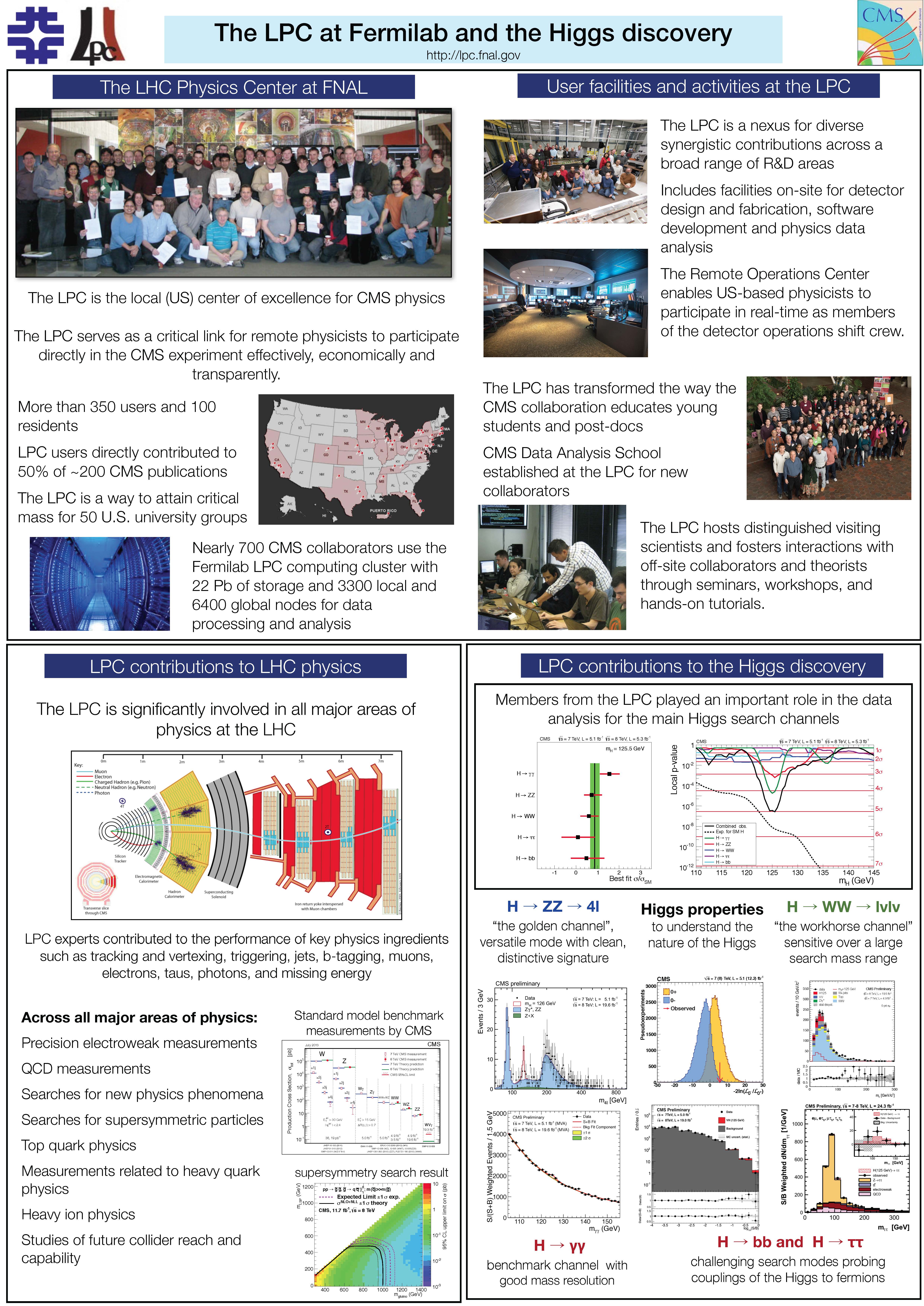Topic of the Week
Marcus Hohlmann
July 25th and 26th

| Day | Speaker | Topic | Where |
|---|---|---|---|
| Jun 25th | Marcus Hohlmann (Florida Institute of Technology) | GEM Detectors for a CMS Muon Endcap Upgrade & Other Uses | WH11 NE (Sunrise) |
| Jun 26th | Marcus Hohlmann (Florida Institute of Technology) | GEM Detectors for a CMS Muon Endcap Upgrade & Other Uses | WH11 NE (Sunrise) |
Descriptions / About the scientists
Guest: Marcus Hohlmann
Date: July 25th and 26th
Time: 2pm
Topic: GEM Detectors for a CMS Muon Endcap Upgrade & Other Uses
Where: WH11 NE (Sunrise)
Description
Gas Electron Multiplier (GEM) detectors are now being formally considered by the CMS collaboration for an upgrade of the CMS muon system. A GEM "demonstrator" system with limited scope is under study for installation in the high-eta muon region during the second long LHC shutdown around 2018 with potential full implementation during the third long LHC shutdown. GEMs are Micro-Pattern Gaseous Detectors that feature 50-100 microns spatial resolution, 4-5 ns time resolution, high detection efficiency, and proven high-rate capability and resilience against aging effects. Advances in GEM foil production and assembly techniques in the last years now allow the construction of large-area GEM detectors suitable for muon systems. Expected benefits for muon tracking and triggering, and muon physics with CMS at the high-luminosity LHC are presented. Current uses of GEMs at the LHC are briefly reviewed. I discuss GEM detection principles, beam test result for CMS prototypes of large-area GEM detectors, and Fl. Tech R&D on GEM readout structures with zigzag strips that promises potentially significant reduction of readout channels (and consequently, cost) while maintaining performance. Design plans for GEM stations at 1.6<|eta|<2.4 in the upgraded CMS forward muon system are described including on-detector and off-detector electronics. Finally, an interesting spin off of GEM technology outside of HEP is also briefly presented, i.e. muon tomography with GEMs for the detection of nuclear contraband in cargo for homeland security purposes.
About the scientists
Marcus Hohlmann is an associate professor at the Florida Institute of Technology, a CMS member since 2001 and a charter member of the RD51 collaboration that develops Micro-Pattern Gas Detectors. He received his Ph.D. from the U. of Chicago in 1997 contributing to the top quark discovery with CDF. He has previously worked also on the ZEUS, H1, and HERA-B experiments at DESY. In CMS, he has co-led the hardware muon alignment effort for the CSC's in the past and since 2009 has been helping to develop the CMS GEM upgrade program.
